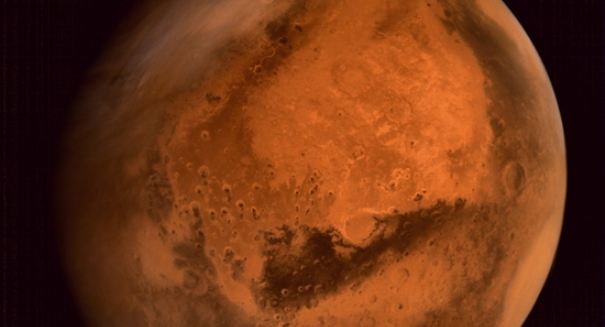
The recent finding of ancient lake bed that may have once held life is just the latest for the MRO as it reaches 10 years into its Mars mission.
It’s the 10th birthday for the Mars Reconnaissance Orbiter, and it recently made news again by finding an ancient lake bed — but it’s this discovery that will permanently enshrine the MRO in the space hall of fame.
The most recent recovery, as we reported, is an ancient lake bed that sits just 100 miles from one of the rovers, but NASA’s orbiting spacecraft has had a string of successes in its 10 years since launching, and the discovery of ice years ago not long after it arrived in orbit is what made the Mars Reconnaissance Rover really show its stuff as a scientific instrument.
And it wasn’t just one ice-related discovery. Although scientists speculate that liquid water was once on Mars billions of years ago, the MRO proves that there is plenty of water ice on the planet today, and plenty of it. Its first discovery was in 2009, when it used its Compact Imaging Spectrometer (CRISM) to observe ice at five locations, finding that relatively new craters had exposed water ice that were then observed to dissipate after being exposed. Earlier that year, the MRO had made another important finding: its north polar ice cap has 197,000 cubic miles of water ice, about 30 percent of the Greenland ice sheet.
These ice-related discoveries are hugely important to future Mars missions, especially the one that will involve landing astronauts on the Red Planet to colonize it. The MRO’s findings will allow them find a constant source of fresh water that could sustain them for a very long time, which could prove crucial to the success of the mission.
The MRO first launched back in August 2005 and reached orbit with Mars in March 2006. It is a $720 million project that was undertaken by Lockheed Martin in partnership with the Jet Propulsion Laboratory.